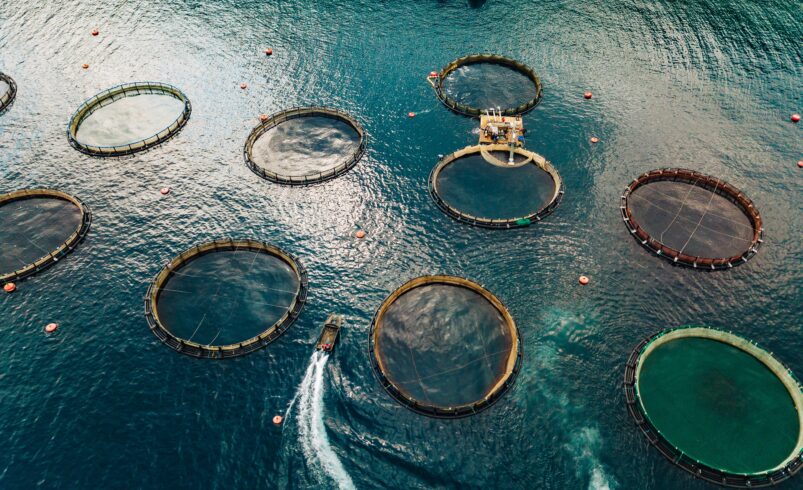The Ultimate Guide on How to Start Fish Farming
- September 10, 2024
- 0
Looking to start fish farming? Learn the step-by-step process, from selecting land and fish species to feeding and marketing your fish. Dive into fish farming with this ultimate
Looking to start fish farming? Learn the step-by-step process, from selecting land and fish species to feeding and marketing your fish. Dive into fish farming with this ultimate

Fish farming, also known as pisciculture, is a fascinating and profitable venture. The sight of healthy fish swimming in a well-maintained pond captures the attention of everyone. While it may seem complex at first, this guide simplifies the process step by step, empowering you to start your fish farming journey with confidence.
Fish farming involves raising aquatic organisms, primarily fish, in controlled or semi-controlled environments for commercial purposes. It’s a sustainable way to increase the availability of fish and meet growing market demand. From small-scale ponds to large commercial operations, fish farming can be tailored to fit your needs.
The first step in starting a successful fish farm is choosing the right land. Consider these factors:
A well-designed pond is critical for fish health and productivity. The design depends on the species you plan to rear, but here are some general considerations:
Choosing the right species for your farm is crucial. Common species for fish farming include:
Proper feeding ensures rapid growth and healthy fish. Here are some tips:
Harvesting can be done with nets or by draining the pond. Timing and method depend on the fish species, but it’s crucial to harvest fish at the right time to ensure quality and maximize profit.
Fish has become a popular dietary choice due to its high nutritional value, including vitamins D, B2, and omega-3. Market your fish locally or through platforms like social media to increase visibility. Ensure your fish are of high quality to stand out in the competitive market.
For larger fish farms, the following equipment is necessary:
The cost of starting a fish farm varies based on factors like the size of the farm, species of fish, and level of management. For example, a pond that generates around 1,590 kg of fish per year costs approximately $2,500 per acre.
Starting a fish farm requires proper planning, the right equipment, and knowledge of fish species and pond management. With the right steps, fish farming can be a highly profitable and rewarding venture. Whether you’re looking to operate on a small or large scale, this guide provides all the essential information to help you get started. Begin small, grow gradually, and you’ll soon see the fruits of your labor.